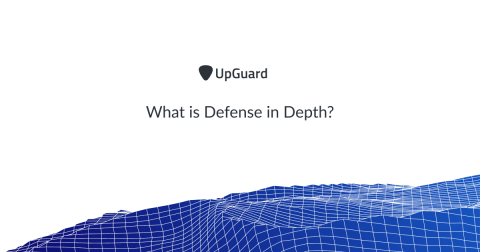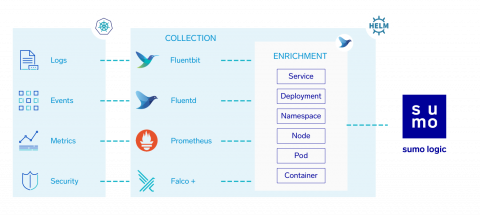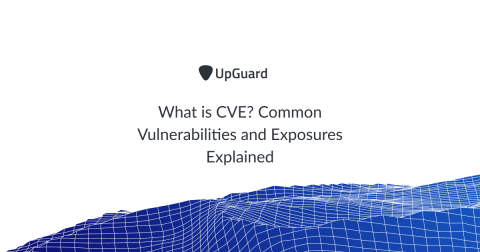Weekly Cyber Security News 11/10/2019
A selection of this week’s more interesting vulnerability disclosures and cyber security news. Amazing, if not scary selection of news items this week. However, I’m going to pick out three curious and on the face of it ones that would otherwise fly past without interest. The first, and its a subject that really interests me: How do the scammers succeed at social engineering so frequently? Perhaps we can learn a little bit more from this one.









